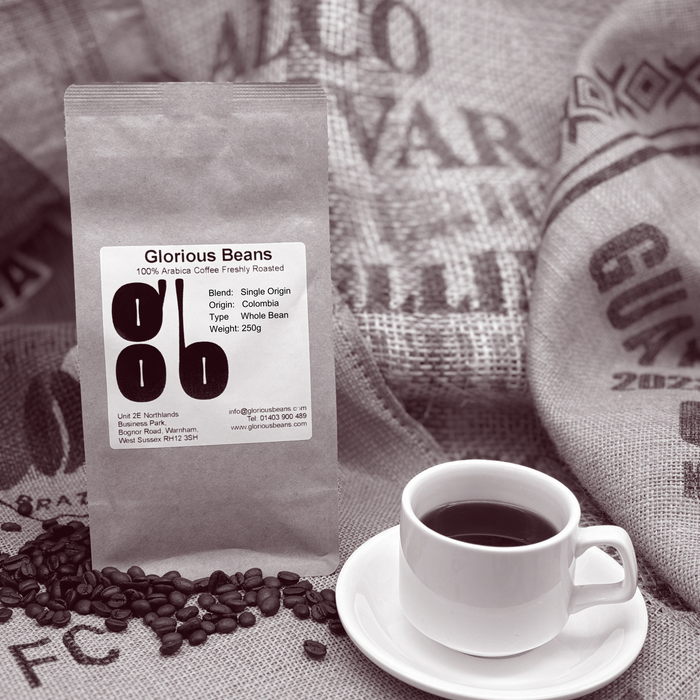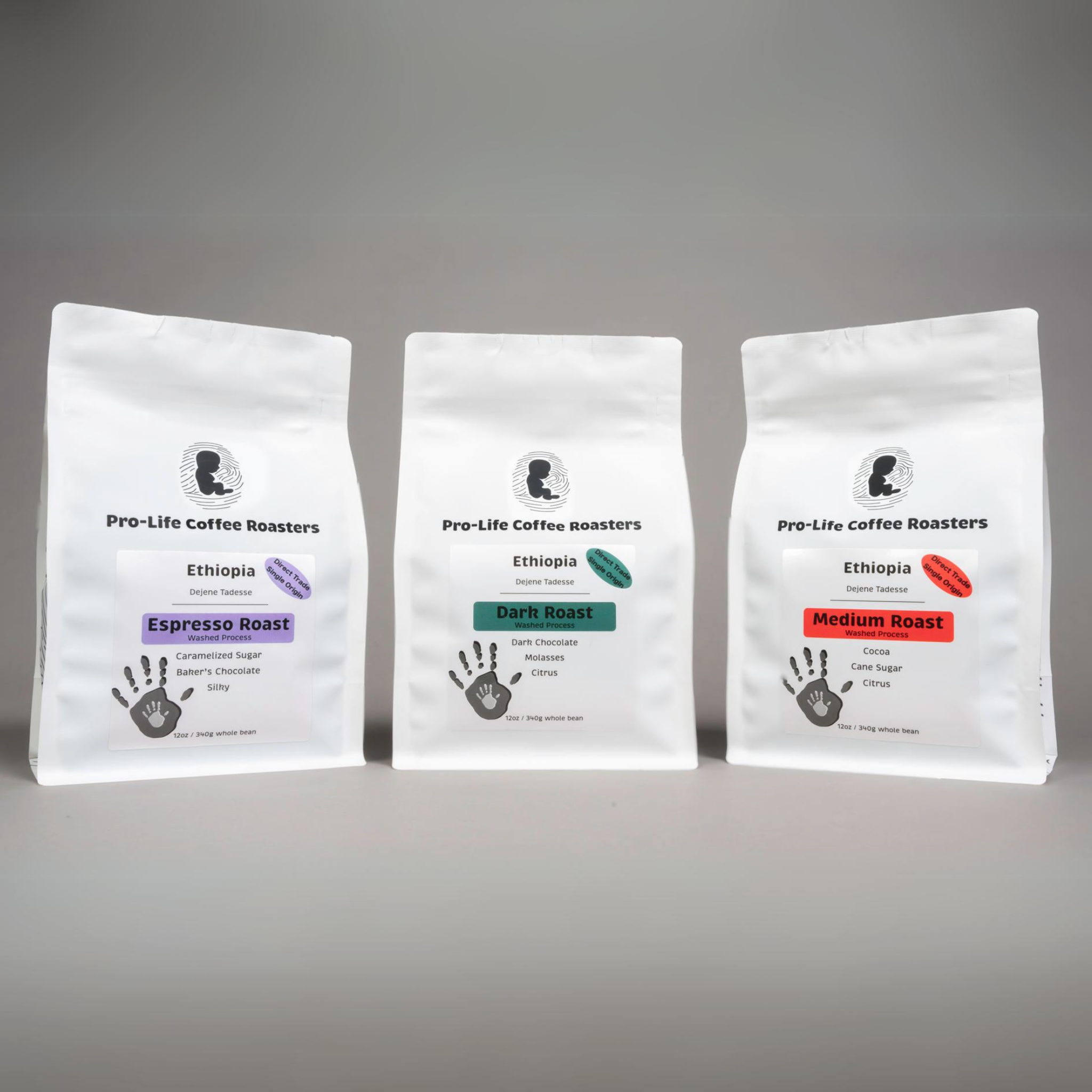Savor the True Quality with Recently Roasted SOE Single Origin Espresso
Savor the True Quality with Recently Roasted SOE Single Origin Espresso
Blog Article
Checking Out the Abundant Flavors of Coffee Beans: a Deep Study Coffee and Blended Coffee Beans
When you explore the abundant flavors of coffee beans, you reveal an intricate world where each selection brings its own personality to your mug. As you browse with the art of coffee and the imagination behind blended coffees, you'll begin to value the nuances that make each sip one-of-a-kind.
The Origins of Coffee Beans: Checking Out Terroir and Taste Profiles
When you take a sip of coffee, you're not just enjoying a beverage; you're experiencing an abundant tapestry of flavors formed by the beans' origins. Each area generates special flavor profiles affected by altitude, climate, and soil. For example, beans from Ethiopia commonly rupture with bright, fruity notes, while those from Colombia often tend to use a balanced, nutty sweet taste.
As you discover different beginnings, you'll notice how terroir-- the ecological variables impacting a crop-- plays an important function - Single Origin Espresso. The exact same coffee variety can taste considerably various relying on where it's expanded
When you take into consideration these variables, you start to appreciate the complexity behind your cup. Each sip tells a tale of the land and the farmers who supported the beans. Next time you indulge, think regarding the journey your coffee took prior to it reached your hands, and relish those complex tastes that mirror its beginning.
Comprehending Espresso: The Art and Scientific Research Behind the Mixture
When you consider espresso, it's not simply about the strong flavor; it's also about the techniques that bring it to life. Comprehending just how various preparation methods impact taste can change your developing experience. Allow's check out the details of espresso prep work and uncover the special flavor accounts that make each mug unique.
Espresso Prep Work Strategies
Coffee prep work is both a scientific research and an art, incorporating specific techniques with a deep understanding of coffee. To begin, you'll desire to pick top notch, freshly roasted beans and grind them finely for optimal extraction (Single Origin Espresso). The work dimension is essential; also crude, and your coffee will certainly be weak, also fine, and it'll be bitter
Next, tamp the premises evenly in the portafilter to guarantee uniform extraction. When you secure it right into the device, go for a developing temperature in between 190 ° F and 205 °
F.As you pull the shot, expect the ideal extraction time-- around 25-30 secs. The outcome must be a rich, luscious espresso with a lovely layer of crema on top. With technique, you'll master these strategies.
Taste Accounts Explained
The globe of coffee offers an abundant tapestry of flavor profiles that can elevate your coffee experience. Light roasts usually display bright level of acidity and dynamic tastes, while dark roasts existing deeper, bolder tones.
Recognizing these accounts aids you choose the best espresso for your taste buds. Exploring with various blends can disclose surprising combinations. For example, a well-crafted mix might balance the intense notes of an Ethiopian bean with the abundant, chocolatey undertones of a Brazilian bean. Accept the trip of discovering espresso's diverse flavors, and you'll change your coffee ritual into an amazing journey.
Processing Methods: Just How They Impact Taste and Scent
While it might appear that the beginning of coffee beans is the most considerable consider identifying their taste and fragrance, the handling methods used post-harvest play an equally essential role. You'll find that these methods can substantially modify the last taste account of your mug.
As an example, the washed procedure gets rid of the fruit from the beans prior to fermentation, typically resulting in a cleaner, brighter flavor. On the other hand, the natural procedure leaves the fruit undamaged during drying out, leading to a sweeter, fruitier profile.
Other approaches, like honey processing, strike an equilibrium, allowing some fruit mucilage to stay, offering a distinct complexity.
Each handling method communicates with the beans' fundamental characteristics, enhancing or silencing particular flavors and fragrances. So, when you drink that espresso or blended coffee, remember that the trip from cherry to mug is affected not just by origin but additionally by just how those beans were processed.
Roasting Techniques: Opening the Full Possible of Coffee Beans
Roasting strategies are vital for exposing the full capacity of coffee beans, as they transform raw, eco-friendly beans into the aromatic, delicious coffee you appreciate. The selection of toasting method-- light, medium, or dark-- substantially affects taste accounts.
You can explore toasting temperature levels and times to locate your ideal brew. A slower roast at lower temperatures permits for intricate tastes to create, while a quicker roast can intensify bitterness. Pay attention to the fractures during toasting; the initial split shows a light roast, while the second split signals a dark roast. By mastering these techniques, you'll disclose a world of flavor, boosting your coffee experience to brand-new heights. Take pleasure in every sip, recognizing the treatment that went into your cup!
The Magic of Blended Coffee: Producing Special Taste Experiences
Creating a special taste experience with blended coffee can transform your morning ritual right into an expedition of preference. By combining various beans from numerous regions, you can expose a symphony of flavors that elevate your cup to brand-new elevations. Each blend deals a distinctive profile, stabilizing sweetness, body, and level of acidity to develop something absolutely special.
When you pick a blend, you're not just selecting a coffee; you're choosing a journey throughout varied landscapes and societies. Explore different combinations allows you to uncover your individual favorites, whether you enjoy fruity notes or abundant, chocolatey touches.

Tasting Notes: Acknowledging the Nuances in Your Cup
As you drink your coffee, you could observe a range of flavors dancing on your taste, each exposing the details of the beans. You might taste the here are the findings intense level of acidity similar to citrus or the deep, abundant notes similar to dark chocolate. The sweetness could stimulate honey or caramel, stabilizing the overall account magnificently.
Take notice of the body of the coffee-- does it feel airy and light, or is it complete and creamy? The surface, too, supplies hints; a lingering aftertaste may hint at nuttiness or flower touches.

Don't fail to remember to check out the distinct qualities of different origins, as each area gives distinct flavors - Single Origin Espresso. Ethiopian coffees frequently present fruity notes, while Colombian beans may showcase a much more rounded sweetness. By recognizing these subtleties, you'll strengthen your gratitude for each mug, boosting your coffee experience to new heights

Brewing Methods: Making The Most Of Flavor Extraction for Every Bean
When you discover the various developing methods, you'll find that each strategy can significantly affect the taste account of your coffee. From French press to pour-over, each technique removes various compounds, improving or silencing details notes. For example, making use of a French press permits oils to remain in the mixture, producing a richer taste, while pour-over highlights clearness and illumination.
Temperature and grind dimension likewise play vital roles. A coarser work works best for cool brews, while a great grind is optimal for espresso. Try out water temperature-- in between 195 ° F and 205 ° F-- can reveal surprise flavors, also.
Do not forget concerning soaking time; a quick removal can lead to sour notes, while over-extraction might generate bitterness. By readjusting these variables, you can maximize flavor removal and truly raise your coffee experience. Appreciate the journey of uncovering what method finest matches your palate!
Often Asked Inquiries
What Is the Perfect Water Temperature for Brewing Coffee?
The ideal water temperature for developing coffee's in between 195 ° F and 205 ° F. If you use water that's as well hot, you'll over-extract tastes; also chilly, and you will not remove enough. Go for that pleasant place for the best brew!
Exactly How Does Work Size Affect Coffee Flavor?
Work dimension considerably affects coffee flavor. Finer grinds essence a lot more tastes and oils, leading to a bolder preference, while coarser grinds return a lighter flavor. Adjusting grind dimension aids you achieve your preferred coffee account.
Exist Health Perks Associated With Drinking Coffee?

What Is the Distinction In Between Arabica and Robusta Beans?
Arabica beans are smoother and sweeter, commonly including fruity flavors, while robusta beans are stronger with a bitter preference and greater high levels of caffeine material. You'll observe these differences in aroma and brewing experience.
How Can I Store Coffee Beans for Freshness?
To save coffee beans for quality, keep them in an airtight container, away from light, wetness, and warm. You'll keep their taste longer if you just grind what you require right before brewing.
Exploring the Abundant Tastes of Coffee Beans: a Deep Dive Into Coffee and Blended Coffee Beans.
When you check out the see abundant flavors of coffee you can try these out beans, you uncover a complex globe where each range brings its very own character to your cup.When you take a sip of coffee, you're not just enjoying a beverage; you're experiencing a rich tapestry of flavors formed by the beans' beginnings.Roasting methods are vital for revealing the complete potential of coffee beans, as they change raw, environment-friendly beans right into the fragrant, tasty coffee you take pleasure in.As you sip your coffee, you might notice a range of flavors dancing on your taste, each revealing the intricacies of the beans.
Report this page